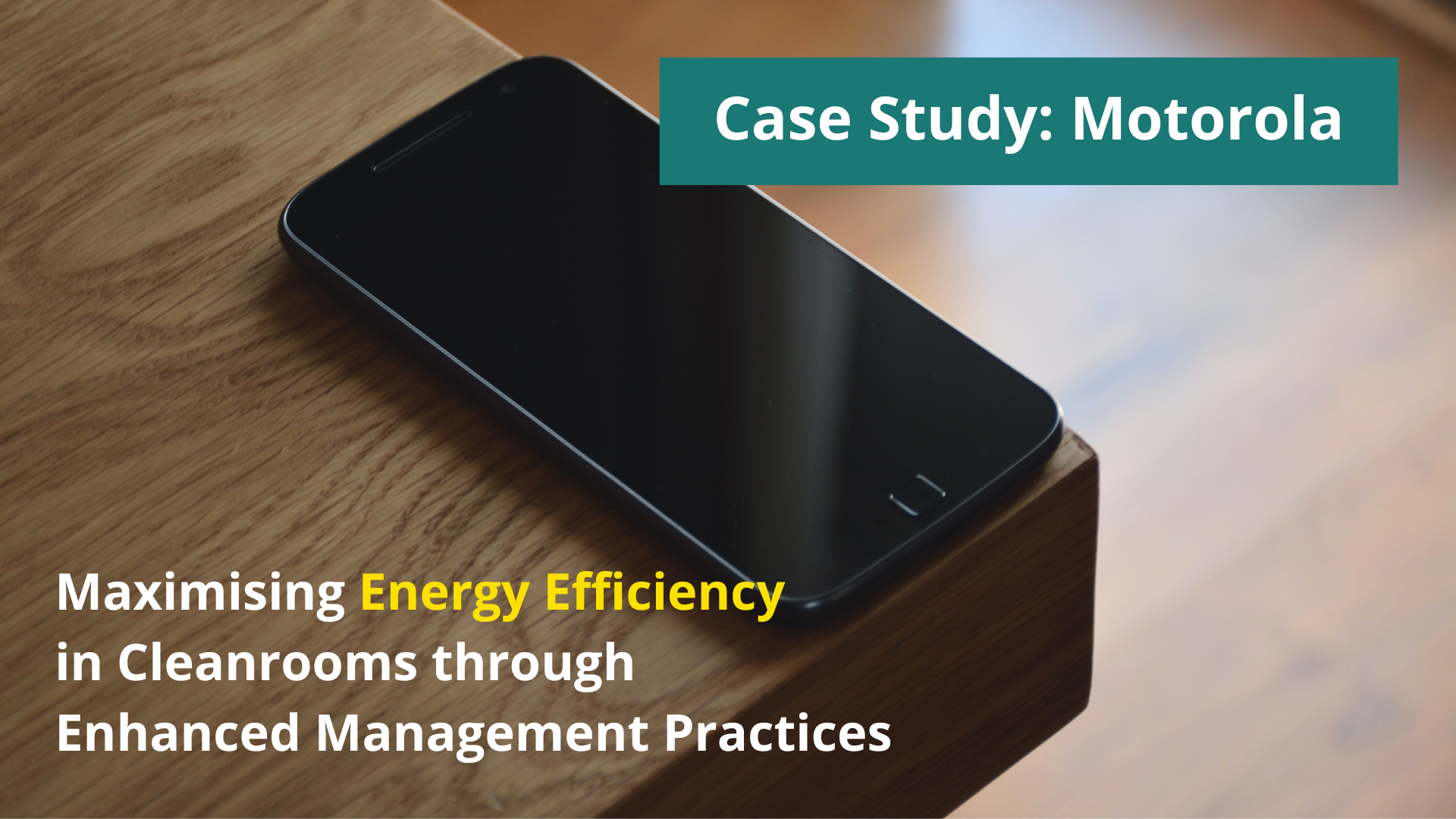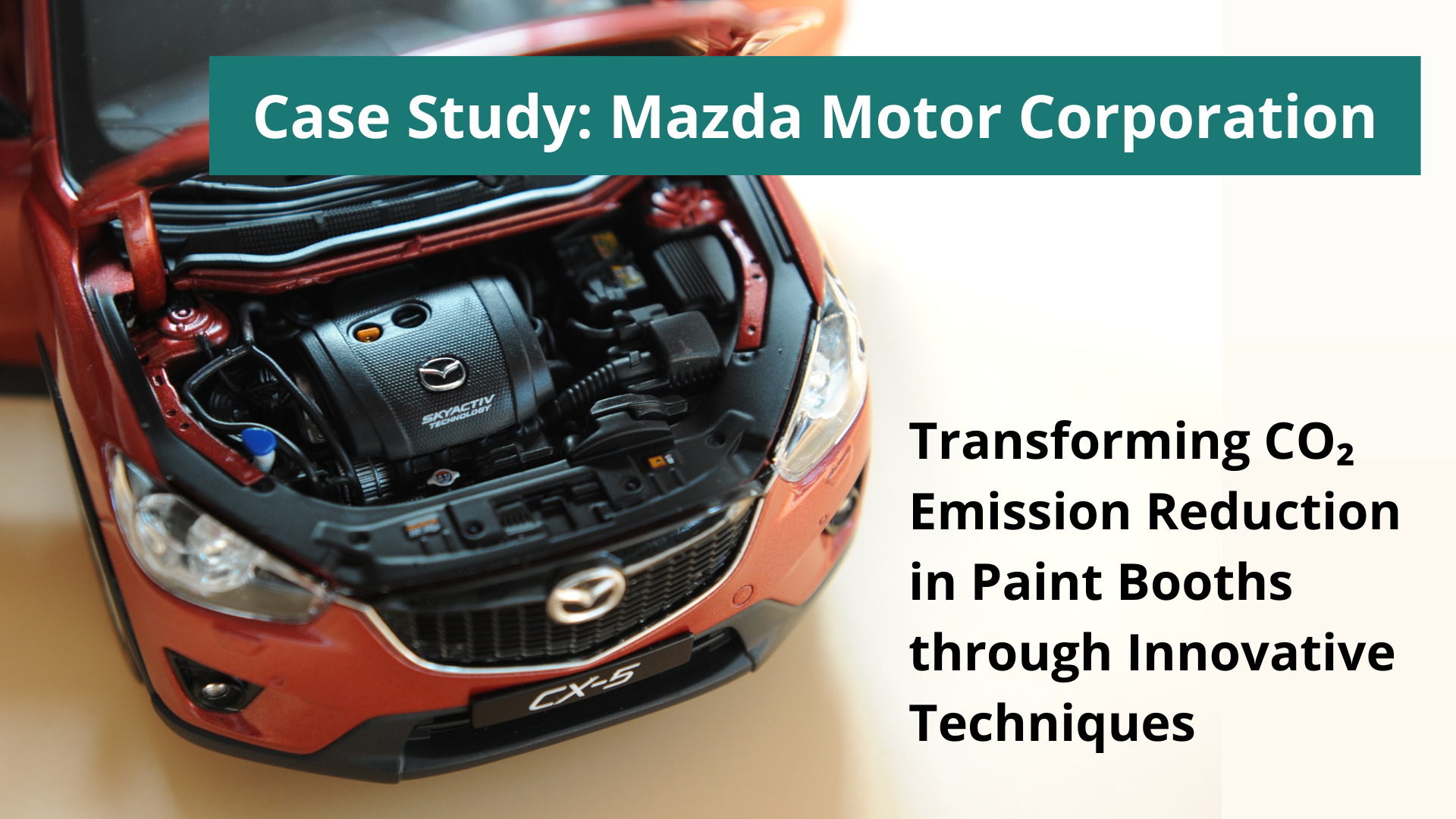
IBM, a renowned technology company, has implemented innovative measures to maximise cooling efficiency at one of their plants. With an installed capacity of 26 MW, the plant utilises an advanced cooling system that incorporates electrical chillers, water, and pumps to remove heat from the building loop. This case study explores IBM’s best environmental management practices and their positive impact on energy efficiency and environmental sustainability.
Case Study: IBM
Best Environmental Management Practice
IBM‘s cooling system at the Vermont plant incorporates a wet free cooling concept alongside electrical chillers. When ambient temperatures are suitable for cooling, the chillers are automatically shut down, reducing energy consumption. By utilising favourable ambient conditions, IBM minimises the reliance on electrical chillers, resulting in significant energy savings.
Environmental Aspects Affected
The implementation of wet free cooling and the optimised operation of electrical chillers have positive environmental implications. By reducing the running time of the chillers and utilising natural ambient conditions, IBM effectively lowers energy consumption and decreases the plant’s carbon footprint. The incorporation of energy-efficient cooling practices contributes to a more sustainable and eco-friendly operational approach.
Rationale / Economics
IBM’s decision to implement wet free cooling and optimise the operation of electrical chillers is driven by the aim to enhance energy efficiency and reduce operational costs. By utilising suitable ambient temperatures, the reliance on electrical chillers is minimised, resulting in substantial energy savings. Additionally, the reduced energy consumption translates into cost savings for IBM, promoting long-term sustainability and financial benefits.
IBM’s implementation of innovative cooling practices demonstrates their commitment to energy efficiency and environmental responsibility. By incorporating wet free cooling and optimising the operation of electrical chillers, IBM achieves significant energy savings and reduces their environmental impact. This best environmental management practice not only aligns with IBM’s sustainability goals but also offers economic advantages through reduced energy consumption and associated costs. IBM sets an example for the industry, inspiring other companies to adopt similar energy-efficient cooling solutions for a greener future.
Download Free Guide on Best Environmental Management practices in the Electrical and Electronic Equipment (EEE) Manufacturing industry that will help you to save on costs and be more eco-friendly.
If you would like to achieve benefits and integrate your business processes with the best environmental practices through the implementation of the Environmental Management System according to ISO 14001 – visit www.iso14001in14weeks.co.uk – I will be happy to help!

Ph.D. Beata Paliwoda
Founder and Owner of EQM. Environmental and quality consultant and auditor. Professional career built in Quality Assurance departments in various companies from the automotive, aerospace, railway industries, as well as a management systems consultant. Successfully completed many complex projects related to the implementation of management systems, process improvements and business transformation. Auditor of ISO 9001, ISO 14001, AS 9100, project manager of APM, lecturer at the Poznan University of Business and Economics, researcher on the effectiveness of EMS and QMS in organisations.
Sources
- European Commission, Best Environmental Management Practice for the Electrical and Electronic Equipment Manufacturing Sector, https://susproc.jrc.ec.europa.eu/product-bureau/sites/default/files/inline-files/BEMP_EEE_Manufacturing.pdf
- https://www.ibm.com/uk-en
Disclaimer
The purpose of this blog post is to promote best environmental management practices and showcase a real-life example of sustainable initiatives. The information provided is based on available sources and is intended for general informational purposes only. The author does not assume any liability for the actions or decisions made by other organisations or individuals based on the content of this blog post. The author also does not claim to have been directly involved in the implementation of the described practices within the specific company mentioned.






